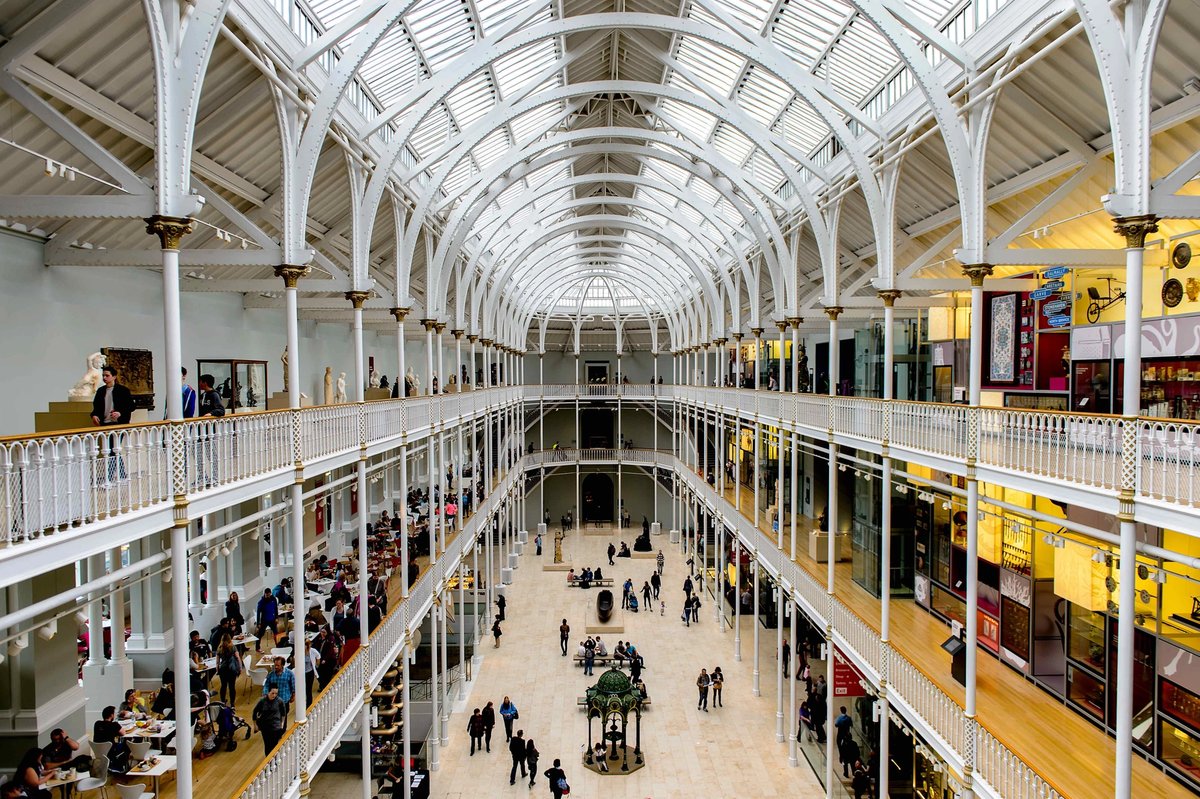One of the world’s leading experts in recovering stolen art says the government should force museums to improve their security arrangements after it was reported that there are items missing from several UK institutions.
An investigation by The Independent newspaper has revealed that hundreds of items have been lost or stolen from the Imperial War Museum, the Natural History Museum, the Science Museum, Museum Wales (Amgueddfa Cymru) and the National Museum of Scotland. The losses, disclosed via responses to Freedom of Information requests, come after up to 2,000 items were stolen from the British Museum’s collection. The museum is currently suing a former curator over the alleged thefts.
Art detective Christopher Marinello, the chief of Art Recovery International, has recovered half a billion dollars’ worth of missing art. He says if museums don’t use the latest news of thefts as a wake-up call to change their approach, the government should pass new legislation. “A lot can be learned from the British Museum tragedy about how not to handle such a crisis,” he says. “Museums have an annoying tendency to hide such thefts from the public. They need to accept that they and their staff do not own these objects and are merely stewards of the artworks for future generations.
“With such a fiduciary duty to the public, they need to enhance their collection management and security protocols, report thefts to the police immediately, come forward with any objects that may be missing and post them publicly so dealers, auction houses, and collectors can check against these postings as part of their due diligence procedures.” (In September, the British Museum launched a webpage featuring images of “the types of objects that are missing”, including photographs, to help in its recovery efforts.)
Marinello continues: “The government should pass laws that require museums comply with these enhanced procedures and, most importantly, provide funding to make up for years of severe budget cuts which has contributed to the sad state of museum security.”
According to the Independent, among the items revealed as missing from the Natural History Museum were 65-million-year-old mammoth teeth, as well as a gastrolith specimen believed to have been taken from the Dinosaur Gallery. At the National Museum of Scotland, a telephone handset belonging to the world's first commercial passenger jet aircraft, the de Havilland Comet 4C, has reportedly been stolen. The Imperial War Museum, meanwhile, recorded 539 items as lost between 2018 and 2023.
Both museums have said they take security seriously and that the number of missing items is relatively small compared to the size of their collections as a whole.
The FOI report stated that the Imperial War Museum (IWM) recorded 539 items as lost between 2018 and 2023, but the museum said this was misleading. A spokesperson said: “IWM has clear systems in place to safeguard the 33.5 million items in our care. These include regular audits and spot checks, restricted access to our stores and an audit trail of what has been accessed, when and by whom.
“The ‘dates recorded as lost’ on this FOI return simply represent the date that loss records were last updated on our system, and bear little or no relation to the date of actual losses. In reality, the vast majority of losses date from many years or even decades ago, long before our current collections management systems were put in place. They are also typically low-value, mass-produced items—for example maps, photographic negatives, video tapes and posters and in most cases we still have duplicates or digitised versions." They added that they inform the police whenever there is suspicion of theft and that to date no evidence of internal malicious activity has been established.
Museum thefts are not new. Martin Henig, who used to teach within Oxford University’s classics faculty, cited the theft of the only work by Paul Cézanne held in the collection city’s Ashmolean Museum. The £3m painting was stolen in a rooftop raid in the early hours of new year’s day and has never been recovered.
Like Marinello, Henig says that the lack of state funding for museums is clearly contributing to the current state of the sector. “The main problem I think is that the penny pinching has demoralised the staff of so many institutions. As tourism is one of the UK’s big money earners there is no excuse for this.”
UPDATE 16 April: This article was updated to include comment from the IWM



